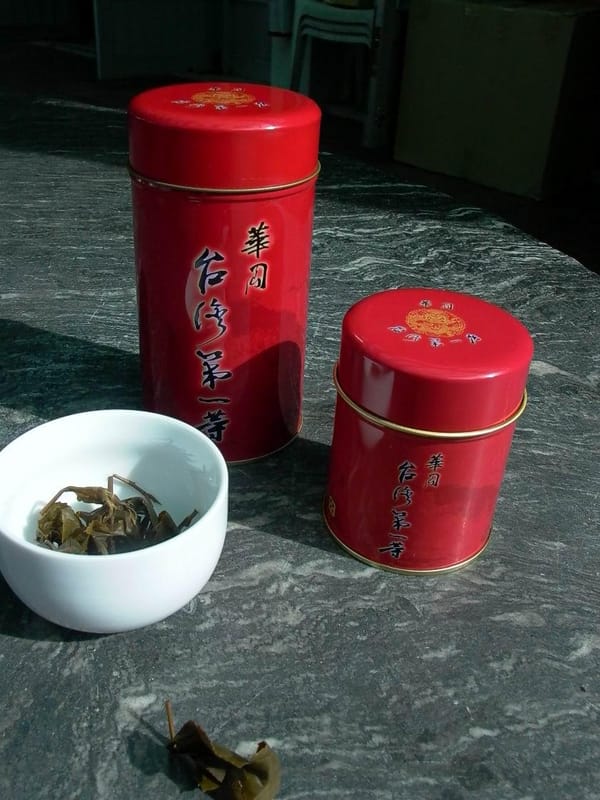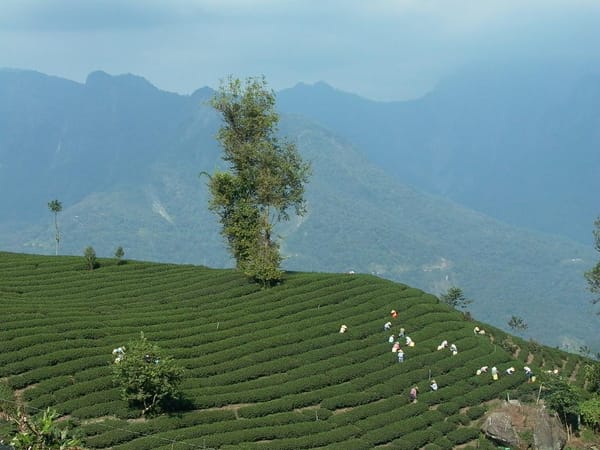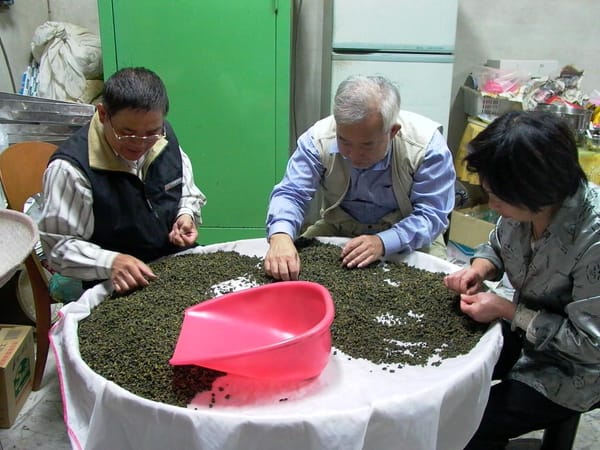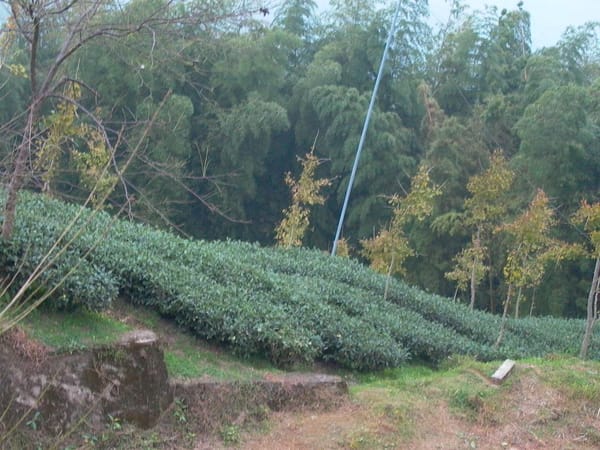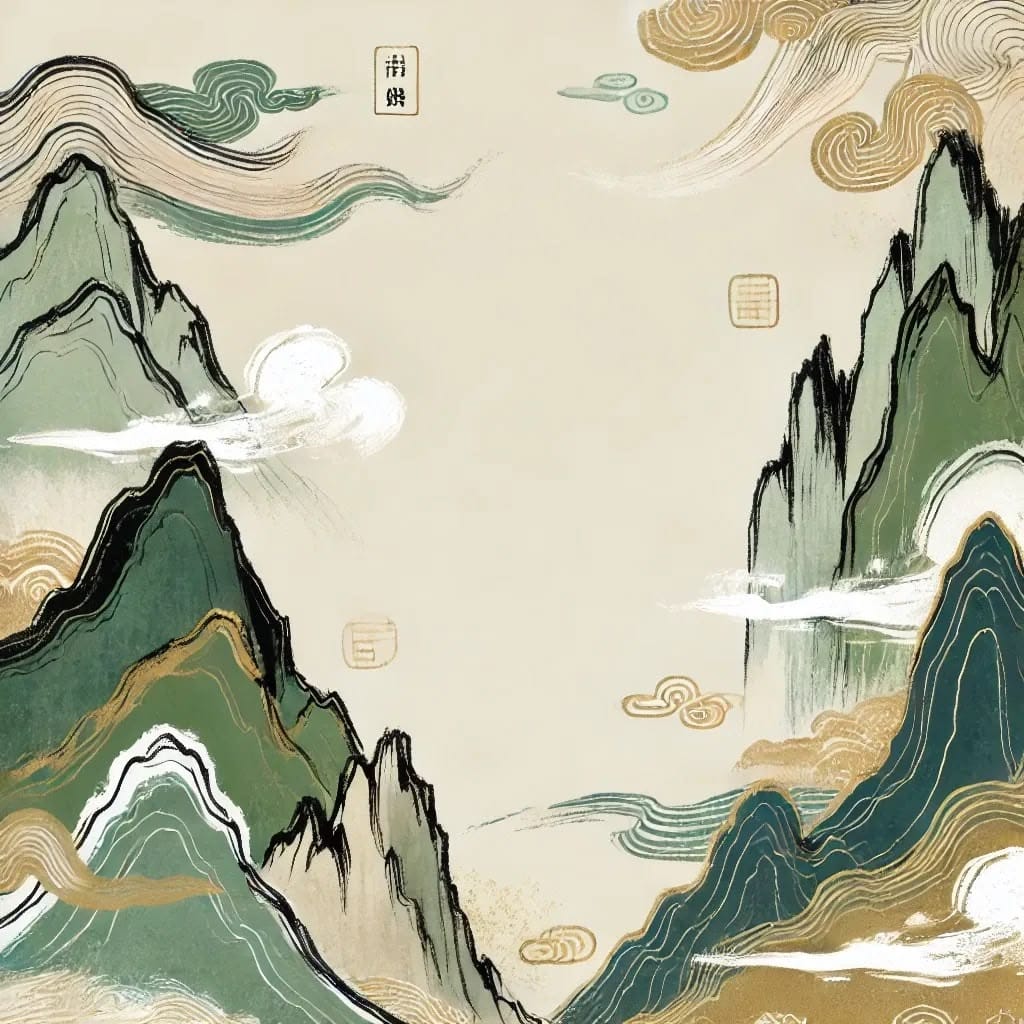Unveiling the Three Major Sources of Taiwanese-Style Tea
When you hear the term “Taiwanese-style tea” in tea markets in Beijing, Shanghai, or Guangzhou, have you ever wondered where these teas actually come from? As cross-strait trade has grown, Taiwanese businesspeople have brought the aroma of their hometown Oolong tea across the Strait, unexpectedly sparking a Taiwanese-style tea craze in Mainland China. But the story behind it is far more complex than it seems.
The success of Taiwan’s high mountain Oolong tea in Mainland China is rooted in Taiwanese merchants’ nostalgia for the flavors of home. Chen Jin-quan, a luxury goods dealer in Shanghai, shared that he loves Oolong tea—and his Mainland friends love it even more. This projection of Taiwanese taste onto the Mainland has made the refreshing fragrance and powdery floral notes of high mountain Oolong deeply appealing to Mainland consumers. A tea enthusiast for over 30 years, Chen points out that Taiwan tea’s charm lies in its clean aroma, especially the alluring powdery scent of high mountain Oolong—a key reason for Taiwanese-style tea’s popularity in the major tea markets of Beijing, Shanghai, and Guangzhou.
The following sections dive deeper into the complex origins of Taiwanese-style tea, the market rivalry between Jin Xuan and Oolong cultivars, and how this craze is shaping cross-strait tea industry trends.
The Three Mysterious Sources of Taiwanese-Style Tea
In Mainland China, what’s called “Taiwanese-style tea” comes from more diverse origins than it appears. According to market research, it primarily arrives via three channels:
- High mountain Oolong tea shipped directly from Taiwan to Mainland markets;
- High mountain Oolong tea grown in Southeast Asia and rerouted to the Mainland;
- Oolong tea produced in Fujian’s Minnan tea regions.
Though their origins differ, all these teas emphasize light fermentation—one of the hallmarks of Taiwanese Oolong—and are thus grouped under the same “Taiwanese-style” label. Faced with half-ball rolled teas on the market, even seasoned tea drinkers struggle to pinpoint their exact origin based solely on appearance or dry aroma. Those who can distinguish between Oolong and Jin Xuan cultivars are already considered connoisseurs; identifying the true source of a Taiwanese-style tea marks one as a true expert.
The Market Battle Between Jin Xuan and Oolong
The triumph of Taiwan’s high mountain Oolong tea is tied to a critical choice of cultivar. Even at the same altitude—over 1,000 meters—Oolong and Jin Xuan cultivars differ greatly in flavor and storage properties. Oolong stores well, while Jin Xuan must be enjoyed fresh. This difference directly affects Taiwanese-style tea’s long-term prospects in Mainland markets.
In the 1980s, Taiwan experienced a “Jin Xuan craze,” with consumers enamored by its milky aroma. But tastes have shifted toward Oolong, leading high mountain regions to replace Jin Xuan with Oolong. Interestingly, in the burgeoning Taiwanese-style tea boom in Mainland China, Jin Xuan is the most popular cultivar—Taiwan’s high mountain Jin Xuan is now leading the “reverse” push into Mainland markets.
Price Miracles and Imitation Trends
The price premium for Taiwanese-style tea in Mainland China is striking. High mountain Oolong that sells for NT$2,000 per jin in Taiwan can fetch RMB 2,000 on the Mainland, with the exchange rate creating huge profits that draw many traders. In 2003, at Guangzhou’s Fangcun tea market, products labeled “Taiwan Alishan High Mountain Oolong Tea” sold for RMB 6,000 per jin and still secured market share.
This boom has spurred imitation. Regions like Anxi in Fujian have adopted Taiwan’s light fermentation techniques. In some cases, Mainland vendors even adopt a Taiwanese accent to sell “Taiwanese-style tea.” In Anxi’s tea hubs, self-proclaimed “Taiwanese” vendors demonstrate Taiwanese brewing methods, presenting unroasted maocha in frozen form, highlighting its clean aroma, and brewing in clear glass to showcase fragrance and leaf expansion.
Quality Standards and Future Outlook
True Taiwanese-style tea has distinct characteristics: cultivars such as Qingxin Oolong, Jin Xuan, and Cui Yu; ball-shaped leaves in the Oolong category; light roast and light fermentation, with catechin oxidation controlled between 8–20%. The liquor should be a bright, clear honey-green, with an elegant yet intense aroma and a fresh, sweet, and smooth taste.
As market competition intensifies, preserving these core traits is key. While flavor preferences evolve with time, differences in tea region and soil mean that even identical cultivars yield different quality. Beyond the boom, sustaining the authentic taste and unique identity of Taiwanese-style tea will determine whether this trend endures—a crucial consideration for Taiwan’s tea industry.

